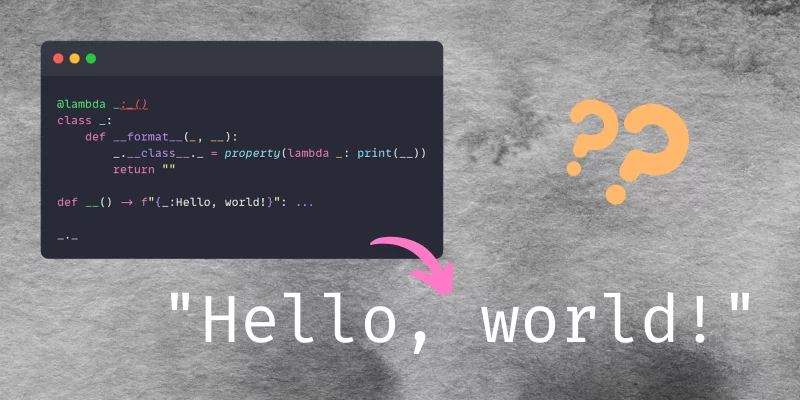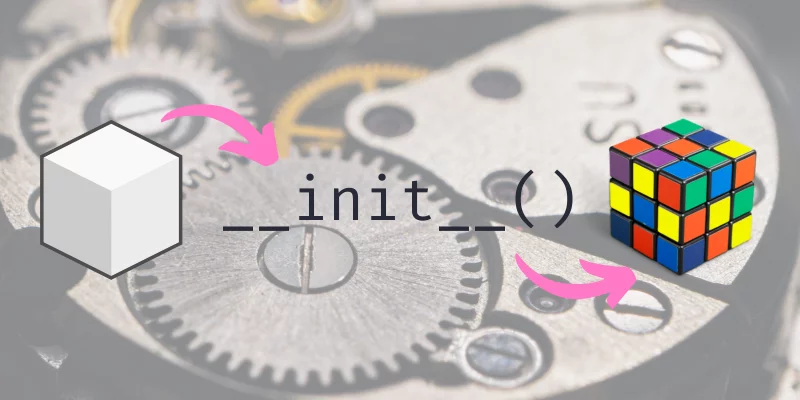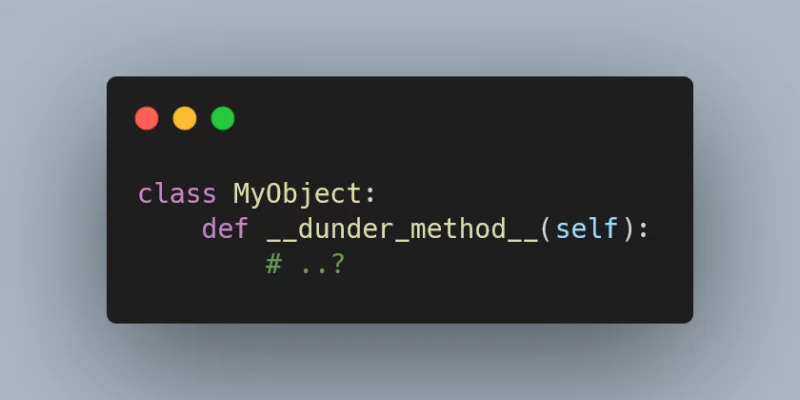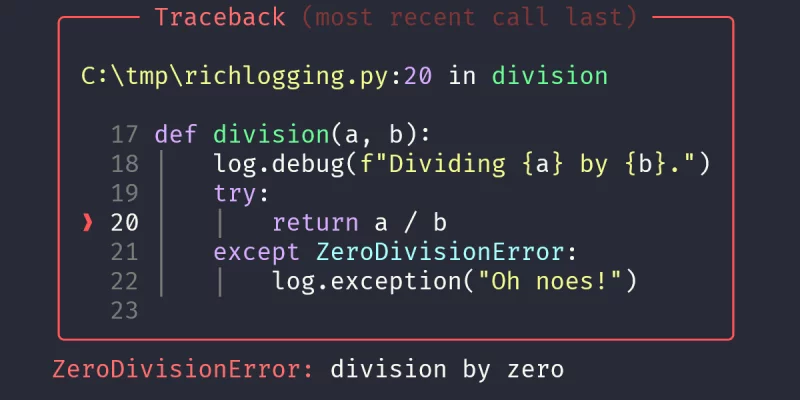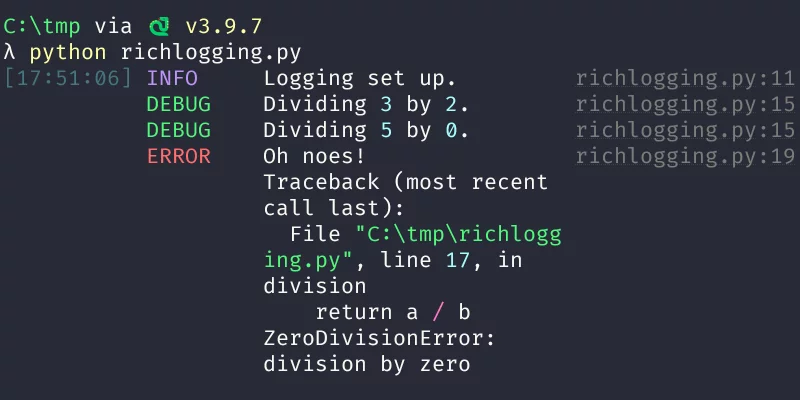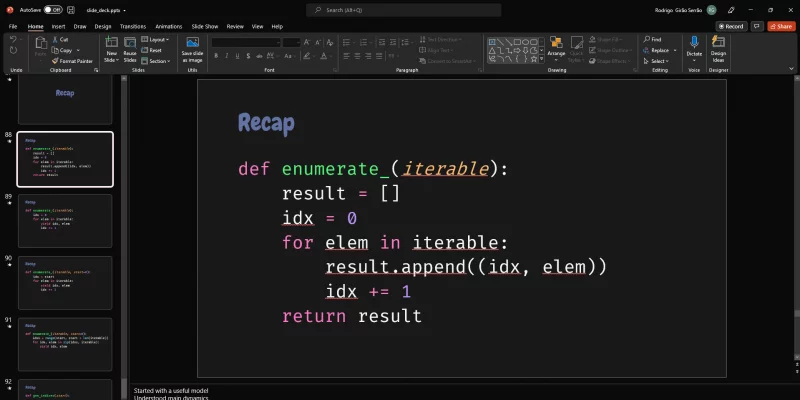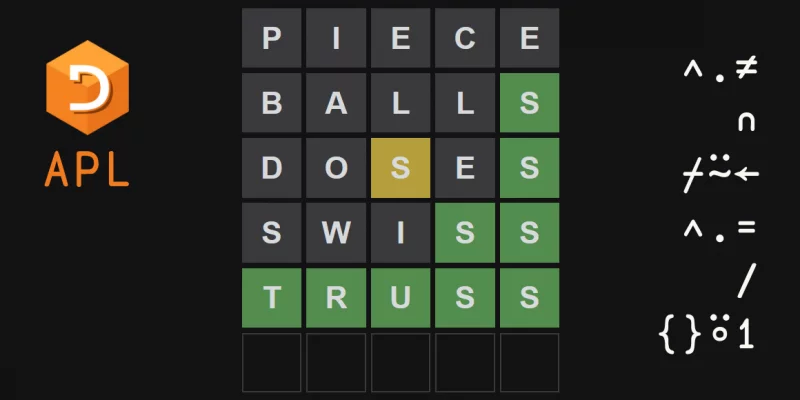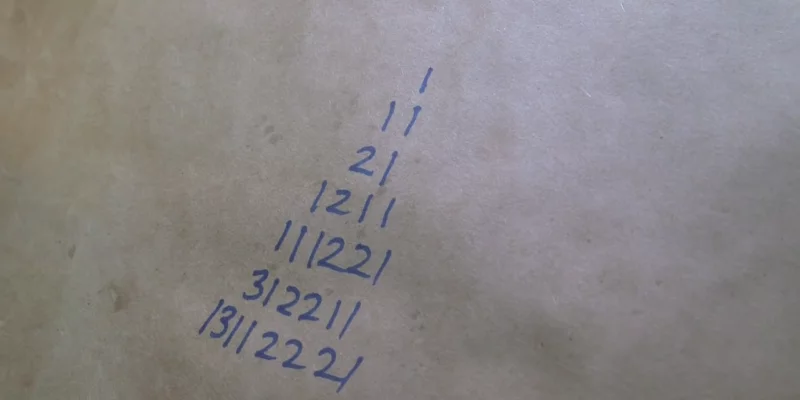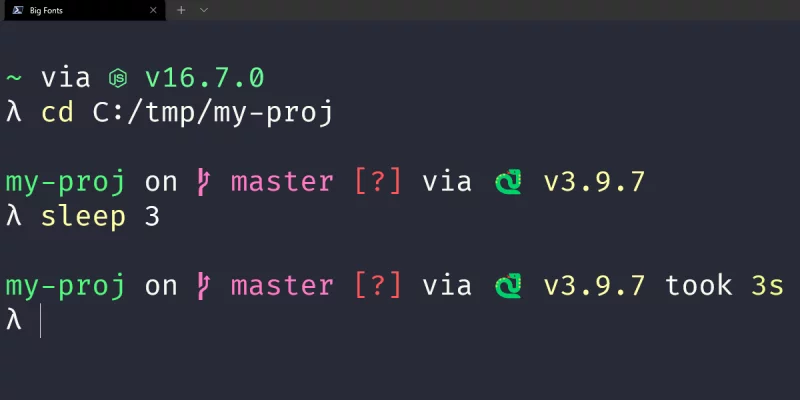In this article we go over the most obscure “Hello, world!” Python program I have ever seen.
Learn about the dunder method __init__, responsible for initialising class instances.
This is an introduction to dunder methods in Python, to help you understand what they are and what they are for.
This article explains how to extend the JSON format by using a custom encoder and a custom decoder to turn arbitrary Python objects into JSON and back.
Today I finished learning how to use a custom JSON decoder to convert JSON to arbitrary Python objects.
Today I learned how to do custom JSON decoding in Python with the module json.
Today I learned how to do custom JSON encoding in Python with the module json.
Today I learned how to use JavaScript functions in PyScript.
Today I learned how to use rich for beautiful tracebacks in the REPL and how to use it to log prettier exceptions.
Today I learned how you can do beautiful console logging by using the module rich.
Here is how you can commit only part of a file with git.
This is the story of how I started contributing to open source and, in particular, how I tackled issue #2073 of the well-known Python library rich, by Will McGugan.
Learn how to do code syntax highlighting in PowerPoint!
Let me show you characteristics of APL that will influence your understanding of programming concepts and the way you use other languages.
We discuss the look-and-say sequence, its behaviour, variations of it, and a Python implementation.
Today I learned how to install the starship cross-shell prompt on Windows for the PowerShell.
Today I learned how to use the function pandas.show_versions to get system diagnostic information.
